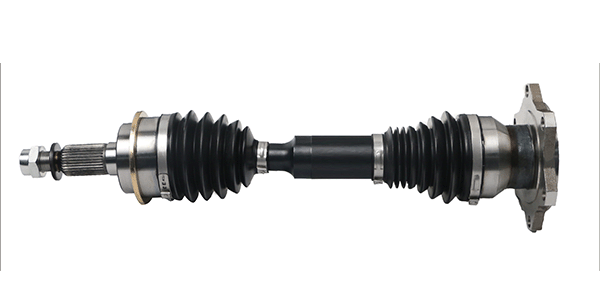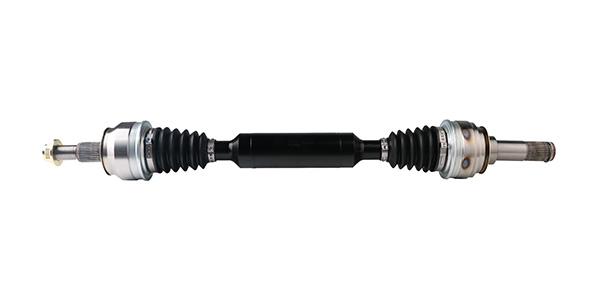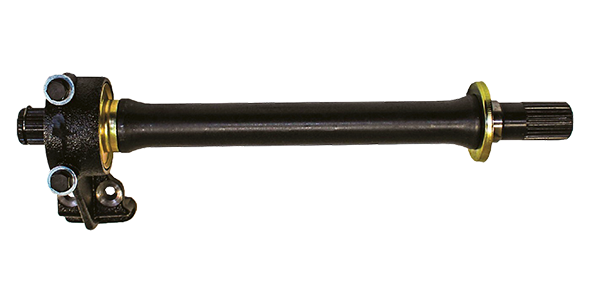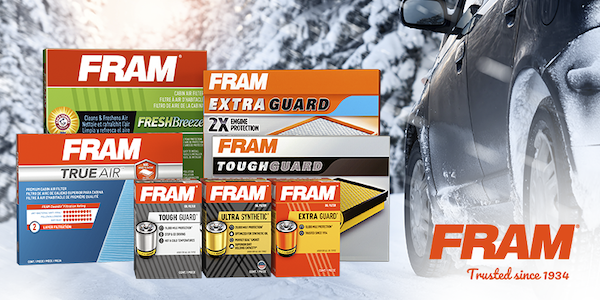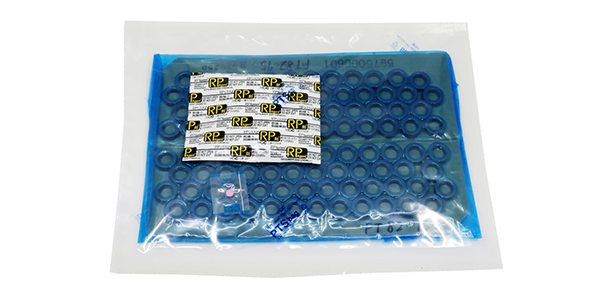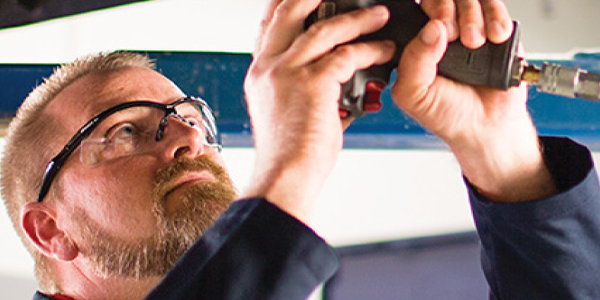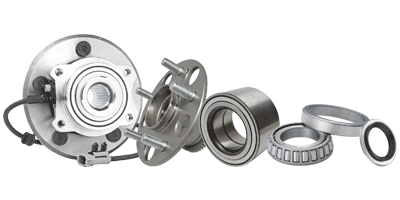 All aftermarket auto parts are not created equal. Whether you’re a technician, retailer, or distributor, it’s important to select quality aftermarket parts, and recommend them to your customers. When a consumer purchases a vehicle, they have an expectation that the parts and components are engineered and manufactured to the highest standards to perform as the OE vehicle manufacturer intended. However, when replacing those OE parts, they are often faced with choosing between a premium, OE-quality part, and a lower cost, economy part, and they will often defer to a technician or counterperson to make a recommendation.
All aftermarket auto parts are not created equal. Whether you’re a technician, retailer, or distributor, it’s important to select quality aftermarket parts, and recommend them to your customers. When a consumer purchases a vehicle, they have an expectation that the parts and components are engineered and manufactured to the highest standards to perform as the OE vehicle manufacturer intended. However, when replacing those OE parts, they are often faced with choosing between a premium, OE-quality part, and a lower cost, economy part, and they will often defer to a technician or counterperson to make a recommendation.
There are a number of factors that can contribute to differences in the quality and reliability of a premium, OE-quality part when compared to an economy part. The quality of the raw materials used in manufacturing aftermarket parts can vary greatly. In this article, we will focus on the materials used to manufacture automotive bearings, and why you should recommend OE-quality to your customers.
First and foremost, the quality and cleanliness of the steel used in the housing, cage and roller elements has a substantial impact on the quality and reliability of the end product. In the case of a wheel hub assembly, this also includes the strength of the wheel studs. Bearings manufactured with lower-quality steel will not stand up to the same amount of use and abuse as bearings made with high-quality, clean steel.
Economy bearing manufacturers also may opt to cut corners on the seal material, using lower quality rubber instead of nitrile, to lower costs. Lower quality seal materials can lead to failure of the seal, contaminating the bearing and leading to premature failure.
The use of lower quality materials also extends to lubrication. The primary role of lubrication is to reduce friction between bearing components and adjacent components, but it also plays an important role in preventing corrosion and stabilizing the bearing structure. Economy bearings often use a lower-grade of lubrication. This leads to increased operating temperatures, which affect the longevity of other bearing components, impacting the reliability of the bearing. With many modern bearing designs being permanently sealed and non-serviceable, you want to ensure the lubrication is going to last the life of the bearing.
In addition to the components mentioned above, many Gen 3 wheel hub assemblies include wheel speed sensors. Wheel speed sensors are critical components for braking, traction and stability control systems, and are increasingly used for advanced driver-assistance systems. Economy wheel hub assemblies often use lower quality sensors and cable materials. Low-grade weather pack connectors can allow water and debris to enter the connector housing, and the connector ends are not always soldered, instead relying solely on less reliable, crimped connectors.
By recommending a premium, OE-quality part, you can offer your customer assurances that the materials used to manufacture the part are up to the OE standards, instilling confidence in the safety and reliability of the part, avoiding comebacks, and resulting in satisfied customers.
In part 2 of this article, we will focus on how engineering and manufacturing processes differ between premium, OE-quality parts and lower-cost, economy parts, but in the meantime, you can learn more about how OE-quality crosses the line into the aftermarket at BCABearings.com.
This article was sponsored by BCA Bearings by NTN.





